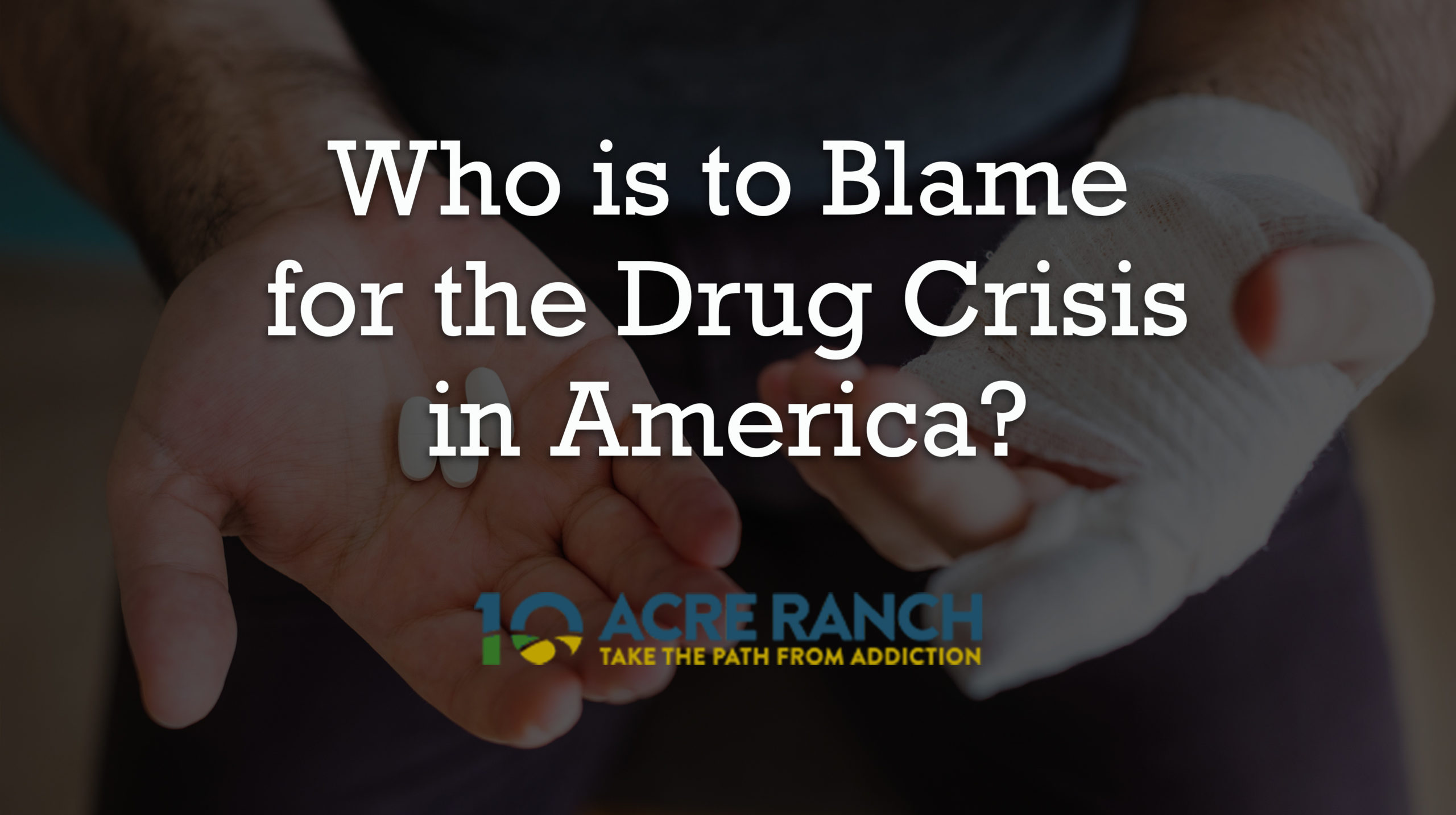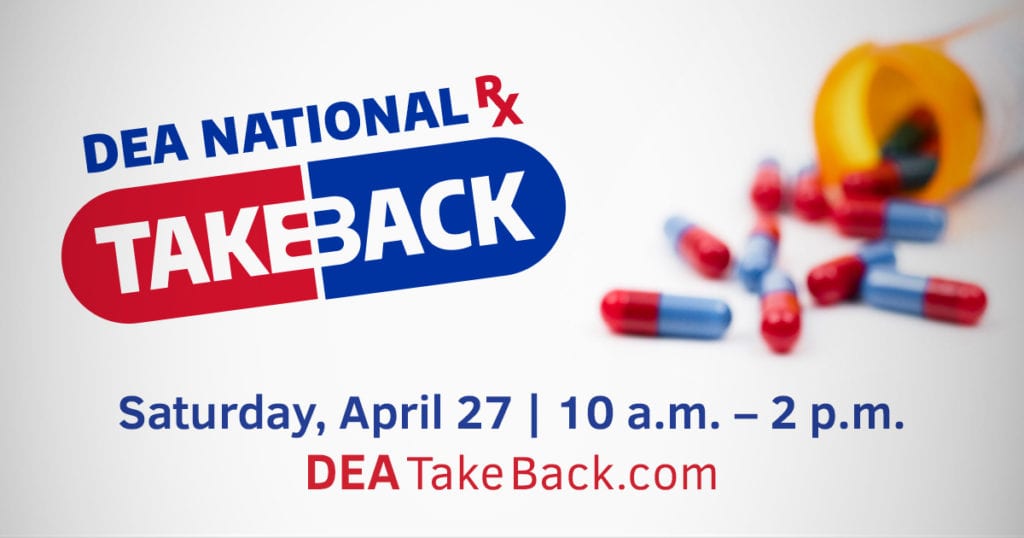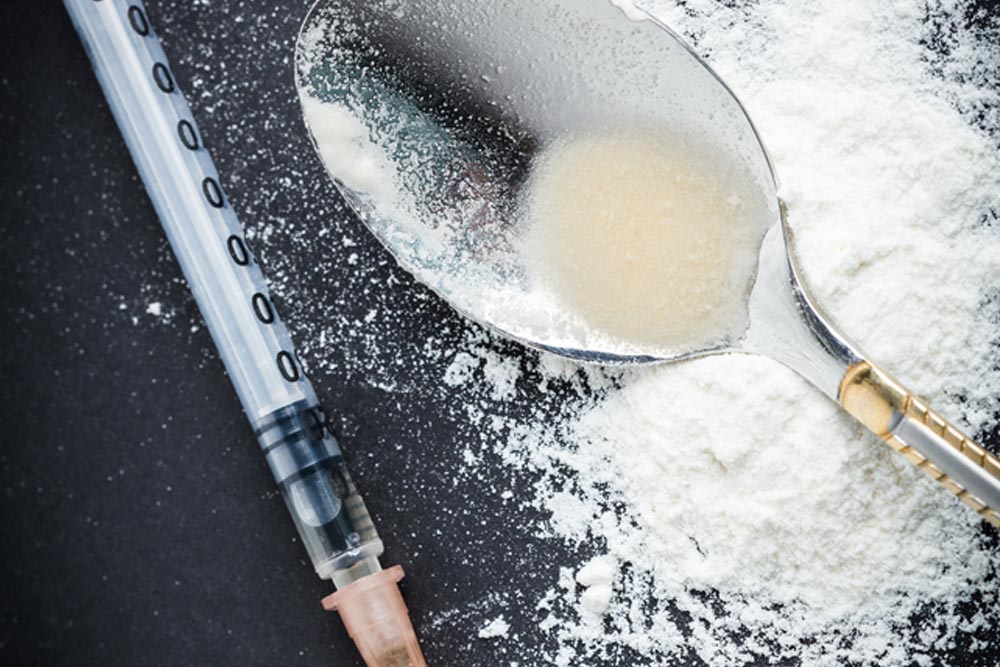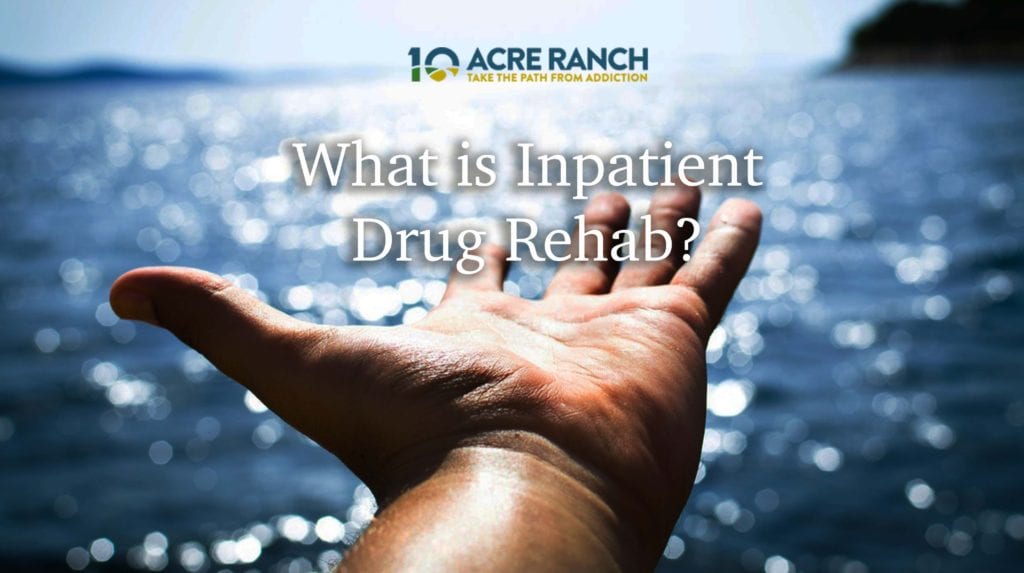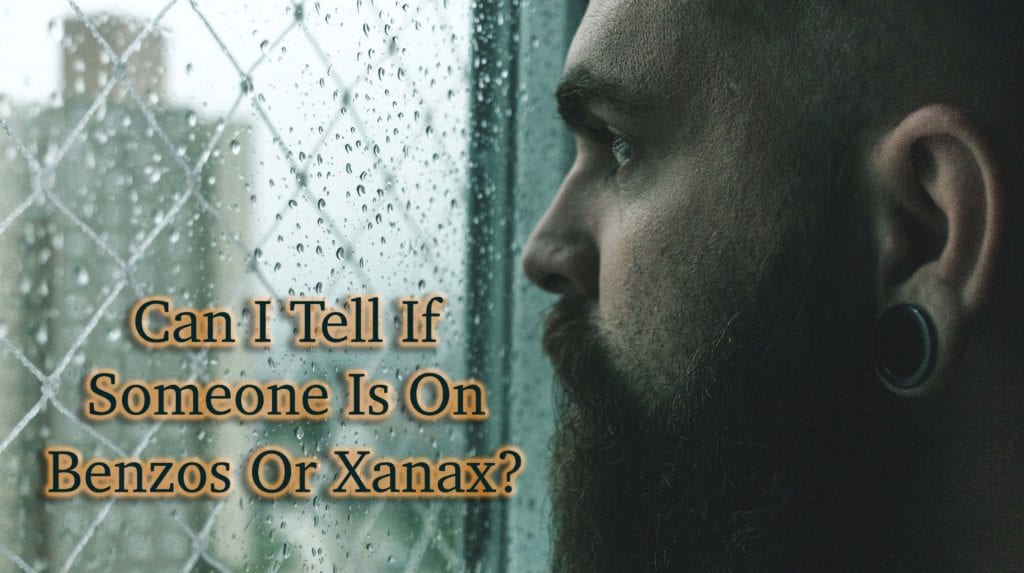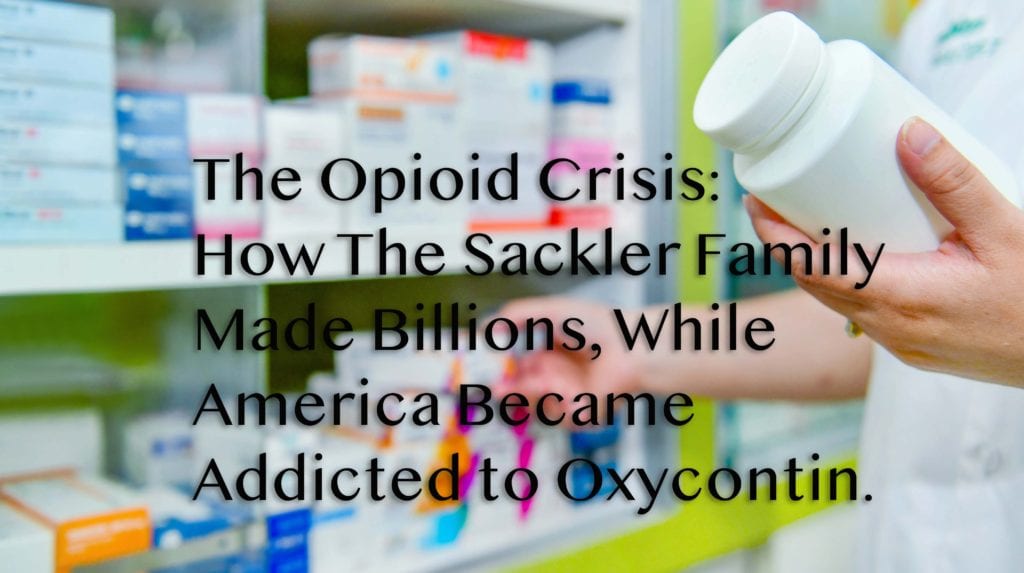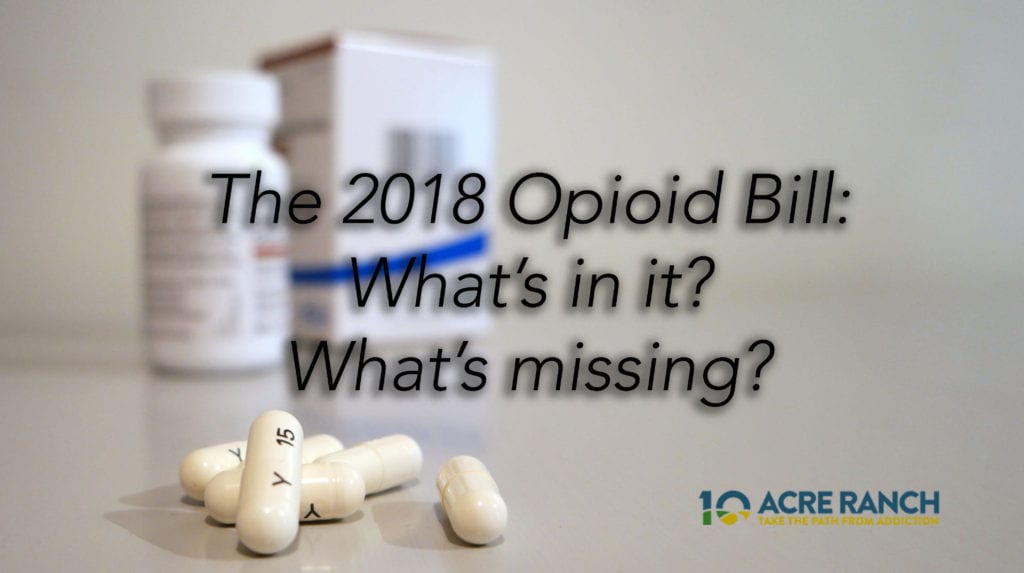If there’s one thing Americans of all backgrounds, religions and political affiliations agree on, it’s that the United States is in the midst of a drug overdose epidemic, one that is fueled, largely by opioids. While virtually everyone agrees that losing over 70,000 lives a year to the drug epidemic is a travesty, many people are looking to place blame where blame is due. Complicating things further it is no one person, place or thing that created the opioid epidemic. Many historical, socioeconomic and individual factors play a role in the crisis.
One reason people look to assign blame is they believe (sometimes rightfully so), that finding the one thing to blame is the first step to solving the problem. This may be partially true, but for an honest, successful solution to the drug overdose crisis, we need to look at every possible factor that plays a role in the growing problem. Being honest with the findings is the best way to address the multitude of issues that contributed to the crisis.
Illicit drug dealers and pharmaceutical companies are who most people automatically blame for the drug crisis.

Of course the first place people look to when placing blame for the opioid epidemic is the drug dealers and manufacturers. Since President Nixon declared the “War on Drugs” in 1971, our strategy for dealing with the problems drugs cause in society was to go after the supply chain. In the nearly 50 years since this war on drugs was declared, we are nowhere close to solving the problems drugs have created in our society.
Certainly, drug dealers and big pharma have played a major role in creating the drug crisis in the United States. Many companies (including, most notably Purdue Pharma), have been found in court to have lied about the safety and efficacy of their prescription drug products. In the late 1990’s, Purdue aggressively marketed Oxycontin to doctors, claiming the extended-release of opioids would prevent misuse of the drug. This formula allowed the giant pharmaceutical company to receive FDA approval to put more opioids in each pill and we all know how that turned out.
The reality of Oxycontin was that it is much more prone to be abused or misused. People who developed a dependency to opiates found that the extended release formula could be bypassed by crushing up the pills and either snorting the powder or injecting the drug directly into their veins with intravenous needles. Because the oxycodone pills are so powerful, an addiction to opioids could develop very fast. Once the prescription ran-out, the addicted patients were forced to move on to street drugs like heroin, just to avoid the excruciatingly painful opiate withdrawal symptoms.
Even when someone successfully quit using opioids, they are highly prone to experience a relapse. A 2016 study found that people who are in recovery from opioid addiction experienced at least a 30% to 70% relapse rate within the first 6 months of their recovery. Fortunately, as a response to this contributing factor, the same pharmaceutical companies developed medications to help treat opioid addiction. Medication assisted treatment (MAT) can greatly help ease painful withdrawal symptoms from opioid addiction and they can greatly lower the rate of further relapses into substance use.

Doctors who overprescribed opioids and other painkillers are also rightfully to blame for the drug crisis in the United States.
While it is certainly easy to blame drug dealers and multi-billion dollar corporations for the opioid epidemic, the problem equally rests in the interpersonal and professional relationships of patients and doctors in their local communities. A 2016 survey found that about as many Americans blame doctors for overprescribing opioids (34%) as they do the patients who abuse prescription painkillers themselves (37%).
Illicit drug dealers market street drugs like heroin, counterfeit versions of prescription opioids and various forms of fentanyl. However, according to SAMHSA data, fewer than 10% of prescription opioids are obtained from drug dealers or other strangers. Over 50% of the misused or abused pills come from family members or close friends, while only 25% are obtained with a prescription from a doctor or physician. While the problem of patients receiving multiple prescriptions from different doctors, this only represents 3.1% of the opioids obtained for non-medical use, whereas over 22% receive prescription opioids from only one doctor.
Our overall approach to pain management drastically changed in the 1970’s when pain became the “fifth vital sign”.
Before the 1970’s, the medical profession virtually ignored the importance of pain management in a patient’s medical care. The inclusion of the question: “was your pain adequately treated” on patient surveys brought about a sort of preoccupation within the medical community on how to provide adequate pain management. Pain became the “fifth vital sign” along with body temperature, blood pressure, pulse and respiratory rate.
As a doctor, you certainly don’t want to see your patients suffer with pain symptoms. With a newfound focus on pain management, physicians and hospital administrators began aggressively treating pain symptoms, which led to a massive increase in opioid prescriptions.
We have to admit that opioids do serve as effective pain relievers and, when used appropriately, they can benefit the overall quality of health care services available in our society. Opioids do serve to benefit people who have recently undergone surgery, experienced a major bone fracture, cancer patients and other severely painful medical events. We cannot simply prohibit doctors from prescribing them appropriately.
Various forms of alternative pain management techniques are available, yet many doctors aren’t taught them in medical schools. The pharmaceutical industry provides massive funding to most of the medical schools in the US. This problem is compounded by the health insurance companies’ reimbursement policies. These policies make prescription opioids a much cheaper option for patients than other, alternative approaches to pain management, such as acupuncture, physical therapy or chiropractic techniques.

While it is easy for people to simply blame “big pharma” as the culprits of the drug overdose crisis in America, we think that is simply just the tip of the iceberg. Of course the Sackler family from Purdue Pharma, along with other pharmaceutical giants like Johnson & Johnson seriously downplayed the risks associated with their products.
Currently, over 2,000 court cases against opioid manufactures are pending in the US. These cases rightfully assert that “big pharma” may have intentionally misled doctors into prescribing more opioids, which most certainly played a role in the creation of the opioid epidemic. Yet opioid misuse is a much more complicated issue than that.
Drug abuse typically coincides with strong feelings of hopelessness, depression and despair. The states that are the worst-hit by the opioid epidemic also suffer from the highest rates of joblessness and economic turmoil. Until we address all of the underlying causes of the current drug crisis in America, we are going to be fighting an uphill battle.
Overcoming an addiction is never easy, yet there are people who do it every day. 10 Acre Ranch offers a full medical detox and recovery program that can help you, every step of the way.
Please call us today to speak with one of our addiction specialists and we can get you, your family member or loved one the help they need right away. We are available 24/7, 365 days a year. Call now:
877-228-4679
